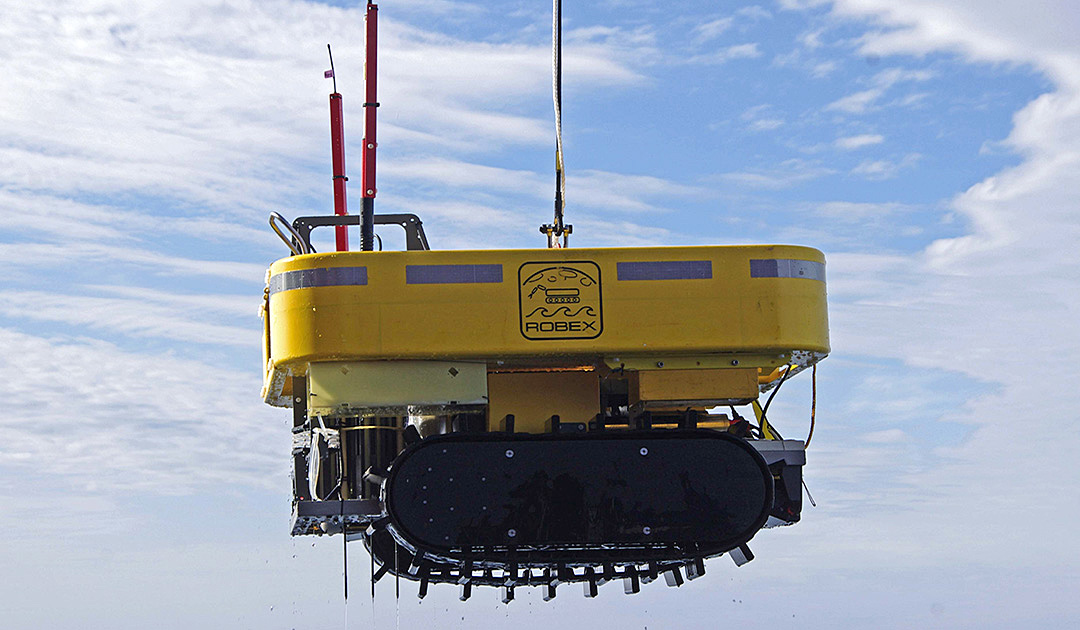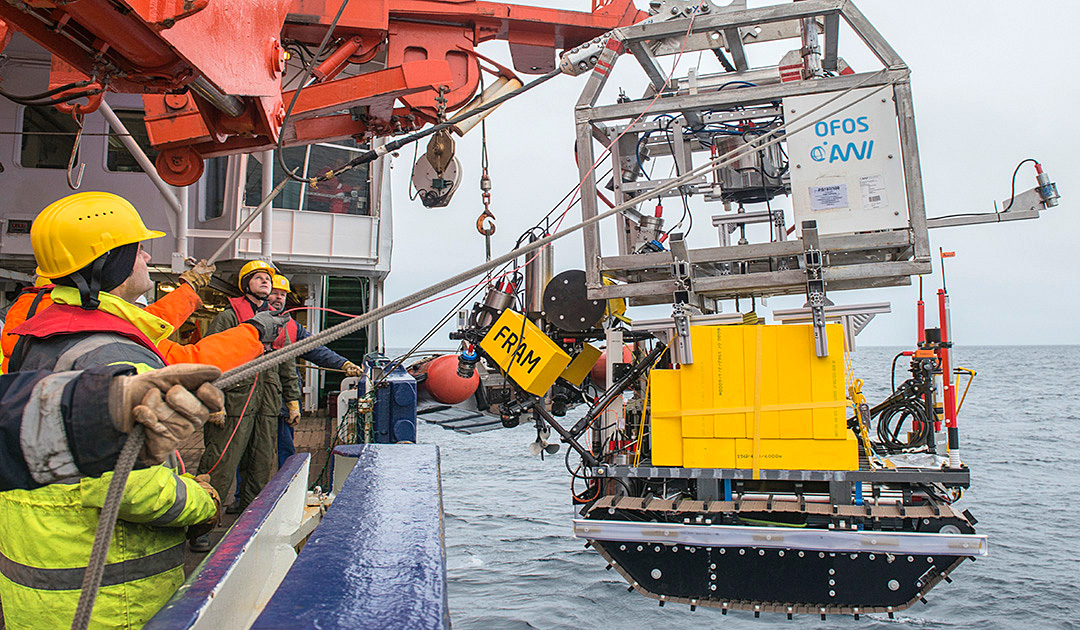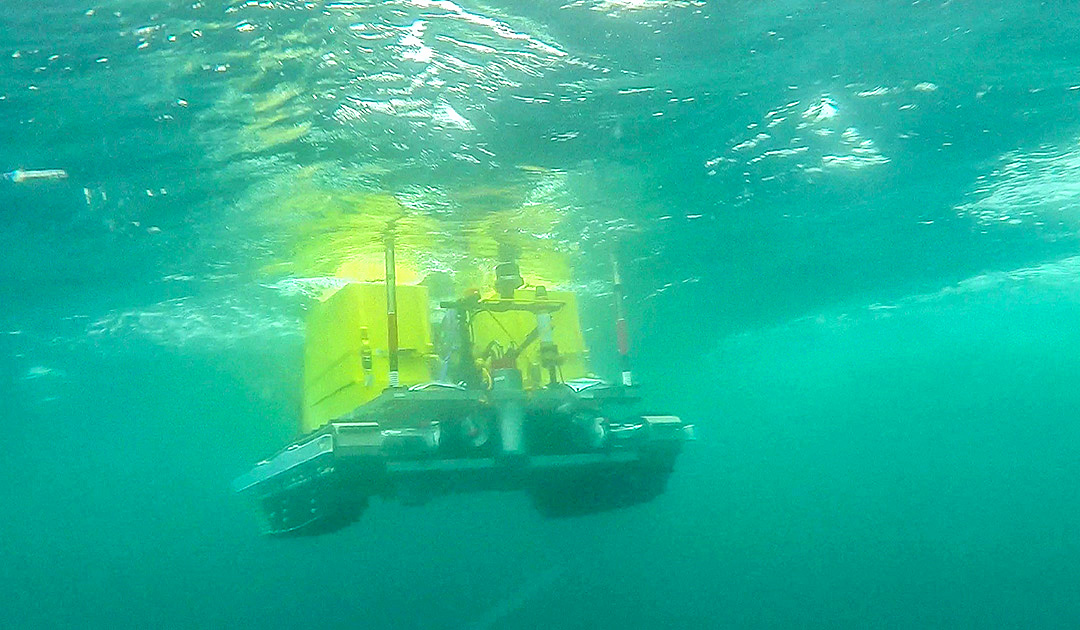
Here, scientists from various scientific fields are investigating all aspects of this ecosystem, from the sea surface to the deep sea, in order to determine the consequences of climatic changes on the biodiversity of the Arctic. Following a full month, the “Polarstern” will arrive in Tromsø, Norway, in mid-September, where preparations will then be made for the one-year MOSAiC expedition, which will depart for the Central Arctic on September 20.

Organisms in the dark deep sea depend on getting food from the light-filled water surface, where phytoplankton can grow. There is considerable variation between warm and cold years. Thus, scientists from a wide range of disciplines led by expedition leader Dr. Katja Metfies from the AWI are investigating the marine ecosystem in the project area, ranging from the atmosphere and the water column to the deep-sea floor. The marginal ice zone between Spitsbergen and Greenland has proven to be particularly productive during the long-term investigations at the AWI Hausgarten.

The researchers suspect that the high biological productivity at the AWI Hausgarten is triggered by physical and chemical processes in the upper water column, as well as exchanges with the atmosphere. To explore in detail the relationships between physics, chemistry and ecology at the frontal systems of the ice-margin zone, the autonomous underwater vehicle (AUV) named Paul dives here. It can record basic physical values (temperature, salinity, depth) as well as ecological data. These include chlorophyll as an indicator of photosynthesis, but the AUV also records organic matter and nutrients such as nitrate during its dives.

For the first time, Paul is to dive down to the ocean floor – in previous expeditions, it was only deployed in the upper water layers. Equipped with a camera and a so-called side-scan sonar, it will map the seafloor in high resolution. Thus, the sonar increases the spatial coverage of the towed camera system (OFOS) by allowing it to look further to the side instead of just straight down. The ocean is up to 2,600 meters deep where Paul is expected to hover five meters above the seafloor, recording details of bottom conditions at a resolution of about 10 to 15 centimeters. These maps then make it possible to determine the sampling location for the so-called multicorer, which sticks samples out of the sediment for microbiological studies.

These sediments allow for complementary studies to those conducted by microbiologists using autonomous tracked vehicles (crawlers) throughout the year. This is the third time that the AWI Tramper has spent a year independently on the seafloor of the Arctic, regularly measuring oxygen consumption in the seafloor as an indicator of microbiological activity, for example. It is to be recovered during the current Polarstern expedition and immediately equipped for the next mission. The Tramper is complemented by a second crawler named Nomad, which completed a successful test at the Deep Sea Observatory in 2018. Both measuring robots will be equipped for a two-year deployment this time, because next year the “Polarstern” will not be available for an expedition to the Hausgarten.
Heiner Kubny, PolarJournal





